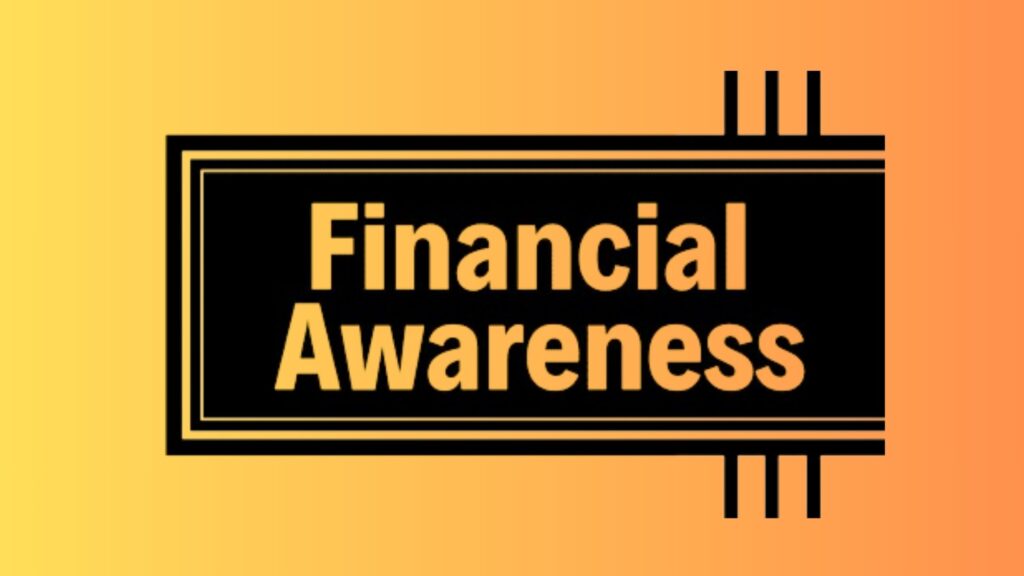Money Management Apps For College Students
Introduction
College life is incredibly exciting, and it’s hard to forget. While it’s fun, it’s also filled with challenges. College life requires keeping track of rent, groceries, tuition fees, and social activities. This makes it crucial to have money management apps for college students. Money management apps can be very helpful for students, such as tracking expenses, planning a budget, and keeping track of savings. In this article, we’ll explore how college students can manage their money, why students need money management apps, track finances :

Why Students Need Money Management Apps
- Budget Tracking: Money management apps help you track your budget. They provide a clear overview of your income and expenses for each individual.
- Avoid Overspending: Money management apps also help you track daily expenses, which can help control unnecessary spending.
- Financial Discipline: Regular expense tracking develops discipline and helps control wasteful spending.
- Goal Setting: Using money management apps helps achieve both short-term and long-term financial goals.
- Avoid Debt: Using money management apps helps prevent loan misuse, which also improves your credit score.
How Do College Students Manage Their Money
- Allowance & Part-time Jobs: College students can also take up part-time jobs to earn pocket money. Students can save this income or use it for other college expenses.
- Manual Tracking: College students can track their expenses daily in a spreadsheet or notebook, helping them control or limit their expenses.
- Digital Payments: College students can use digital apps like Cash App, PayPal, or Bank UPI.
- Shared Expenses: Students can live with roommates to save on rent and grocery costs, splitting the expenses. This will also save money.
- Savings Accounts: Students should keep a separate account for emergency funds, so that in case of an emergency, they have money and can use it.
Manual tracking is great, but it’s time-consuming. Therefore, using the money management apps for college students can be more effective.
How a College Student Can Track Finances in Money Management Apps
Money management apps can have the following features, which can be quite useful:
- Categorize Expense: College students can categorize their expenses, such as food, transportation, entertainment, and books, and track them automatically.
- Budget Planner: Students can set monthly or weekly limits for each type of expense, which helps control spending.
- Bill Reminders: You can set reminders for bill reminders, fees, credit card bills, and subscriptions in the money management app.
- Savings Goals: Money management apps allow students to track short-term and long-term financial goals.
- Reports & Insights: These apps also allow students to understand their spending using graphs.
Top 10 Money Management Apps For College Students in the USA
These are the Top 10 money management apps for college students. Best budgeting apps for college students
| App Name | Key Features | Pros | Cons | Pricing |
|---|---|---|---|---|
| Mint | Expense tracking, budget planning, credit score monitoring | Free, links multiple bank accounts, easy-to-use | Expense tracking, budget planning, and credit score monitoring | Free |
| YNAB (You Need a Budget) | Limited features in the free version | Excellent for disciplined budgeting, goal-oriented | Subscription $14.99/month, learning curve | $14.99/month or $99/year |
| PocketGuard | Tracks spending, cancels subscriptions, and savings goals | Intuitive, avoids overspending | Shows “spendable” money, automatic tracking, and bill reminders | Free / Premium $4.99/month |
| Goodbudget | Envelope-based budgeting, multi-device sync | Visual budgeting, simple to understand | Requires manual transaction entry | Free / Premium $7/month |
| Personal Capital | Budgeting + investment tracking, net worth calculation | Comprehensive finance management, investment insights | Investment tools may be complex for beginners | Free |
| Clarity Money | Not ideal for personal finance outside the group | Reduces unnecessary spending, easy-to-use | Less advanced budgeting features | Free |
| Wally | Expense tracker, budget planning, visual insights | Free, great for visual learners | Manual input required for transactions | Free |
| Splitwise | Tracks shared expenses among roommates/friends | Avoids confusion in splitting bills, reminders | Small monthly fee, requires a linked bank account | Free / Premium $2.99/month |
| Monefy | Minimalist expense tracker, offline use | Quick entry, simple interface | Limited advanced features | Free / Pro $4.99 |
| Acorns | Automatic savings, micro-investing | Helps start investing early, passive savings | Small monthly fee, requires linked bank account | $3-$5/month |
Benefits of Money Management apps for college students

Financial Awareness:
- Money Management apps help you in where your money is really going. Apps give us a clear picture of money.
- Students can track Daily expenses like coffee, snacks, textbooks, and other personal expenses.
- Students can categorise each expense like food, entertainment, and transport. student can identify unnecessar spending
Budget Control:
- Apps are helps to set budgets for each category and track expenses.
- the 50/30/20 rule, apps help allocate money for essentials, wants, and savings.
- Students can create alert in money managment apps for track limits.
Debt Management:
- In today time every college students own a credit card.
- Money management apps send reminders for loan payments and credit card due dates.
- Some apps offers debt payoff tools, so student can plan how to pay off balances effectively.
Financial Discipline:
- Student can track income regularly. Regularly tracking income and expenses develops good money habits early.
- Money management apps helps students to learn priotize needs over wants and plan for emergencies.
- Overtime Discipline can lead to better financial decision making in adulthood.
FAQ – Money Management Apps for College Students (USA)
Q1: What is the best money management app for college students in the USA?
A1: Some of the most popular apps include Mint, YNAB (You Need a Budget), PocketGuard, Goodbudget, and Acorns. These apps help track expenses, set budgets, and save money efficiently.
Q2: Are money management apps safe for college students?
A2: Yes, reputable apps like Mint, YNAB, and Acorns use bank-level encryption and secure authentication to protect financial information. Always check for privacy policies before linking bank accounts.
Q3: Can college students track student loans using these apps?
A3: Absolutely. Apps like Mint and YNAB allow students to monitor student loan balances, track payments, and set reminders to avoid late fees.
Q4: Are these money management apps free?
A4: Most apps offer free basic versions. Some, like YNAB or PocketGuard Premium, offer paid versions with advanced features such as goal tracking, investment insights, and unlimited accounts.
Q5: How can a college student start budgeting effectively?
A5: Start by tracking all income and expenses for a month. Use apps to categorize spending, set limits for needs, wants, and savings, and follow rules like the 50/30/20 budgeting method.
Q6: Can these apps help students save money automatically?
A6: Yes, apps like Acorns round up purchases and invest the spare change, helping students save and invest passively. Mint and PocketGuard also allow automated savings goals.
Q7: How do money management apps help avoid overspending?
A7: These apps send alerts when approaching budget limits, provide visual summaries of expenses, and categorize spending to highlight areas where you might be overspending.
Q8: Can roommates share expenses using money management apps?
A8: Yes, apps like Splitwise are perfect for tracking shared expenses like rent, groceries, and outings, ensuring fairness and transparency.
Q9: Are money management apps worth it for college students with part-time jobs?
A9: Absolutely. They help track variable income, plan monthly budgets, save for emergencies, and manage discretionary spending efficiently.
Q10: How often should students update their money management app?
A10: Ideally, students should update transactions daily or weekly to keep budgets accurate, review spending habits, and adjust goals as needed.
Conclusion
Managing finances as a college student in the USA can be challenging, especially with tuition fees, rent, groceries, social outings, and part-time job incomes to track. Many students struggle to stay on top of their spending. This is where money management apps become invaluable. Apps like Mint, YNAB, PocketGuard, Acorns, Goodbudget, and Personal Capital make it easier for students to track income, categorize expenses, set budgets, and plan savings effectively.
Using these apps Students gain financial awareness, understand their spending patterns, and can identify areas where they might be overspending. Features like automatic savings, bill reminders, visual reports, and shared expense tracking help students manage their money efficiently and avoid financial mistakes. Apps that track spending and account balances also help students build financial discipline and make informed decisions about their purchases and savings.
In conclusion, money management apps are more than just tools—they are essential financial companions for college students in the USA. By leveraging these apps effectively, students can control their spending, build good money habits, and achieve financial stability while focusing on their studies and personal growth.